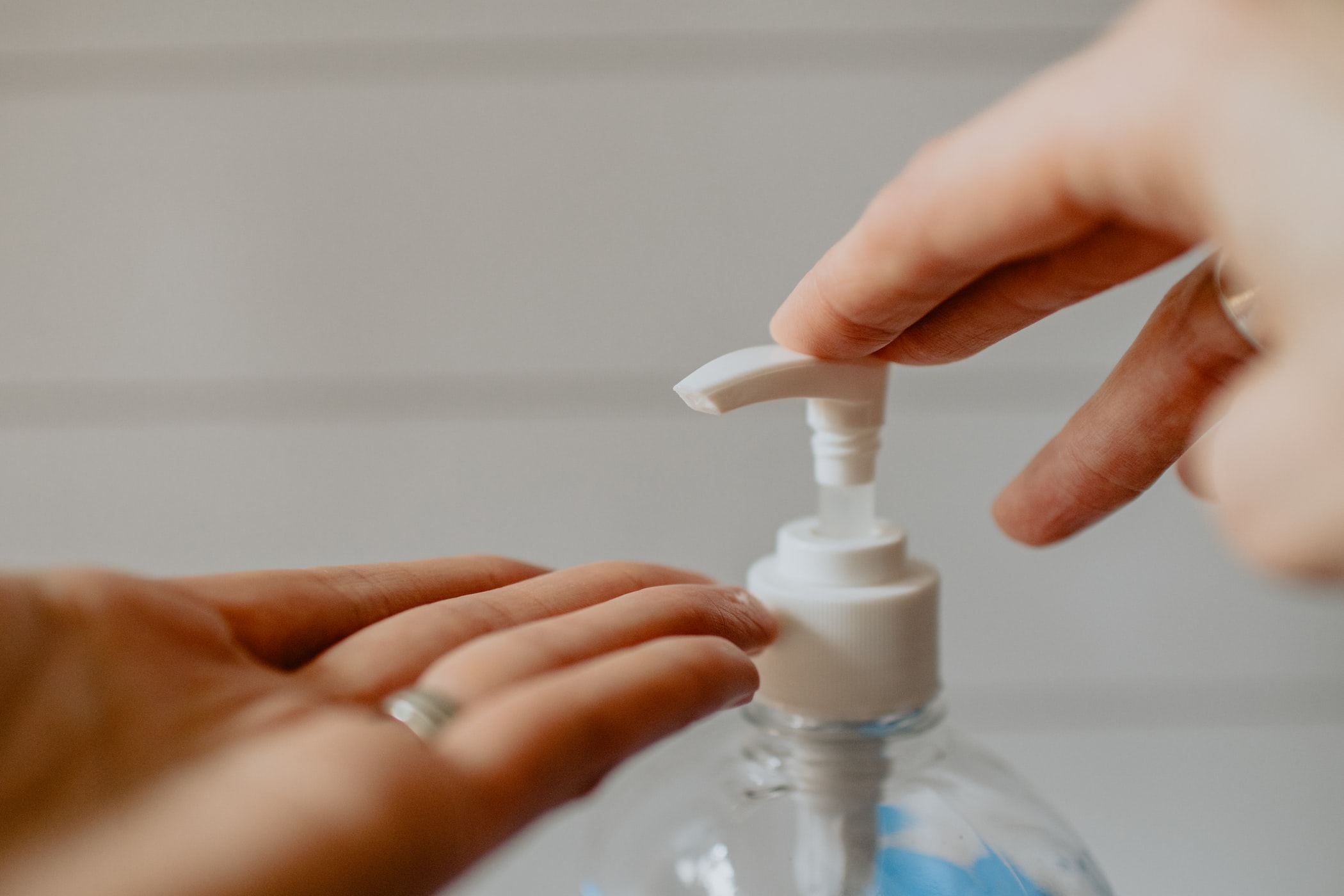As people become more conscious of the role that proper hygiene plays in controlling the spread of infectious disease, hand sanitizer has become a must-have item for homes and workplaces everywhere. Like any safety measure, however, hand sanitizer needs to be used correctly if you want to reap the full benefit. There are several misconceptions about hand sanitizer that need to be dispelled if you’re going to use it effectively.
Myth 1: Hand sanitizer is always an adequate substitute for washing with soap and water.
Hand sanitizer isn’t always better than washing with soap and clean water. If your hands are visibly soiled, or you know you might have come into contact with specific pathogens, hand sanitizer alone might not be enough to clean your hands effectively. If you can see dirt or grease on your hands, you should wash with soap and water for at least 20 seconds. If you’ve been to the bathroom or are preparing to eat, you should wash your hands. You can then follow up with hand sanitizer on dry skin for additional peace of mind.
Myth 2: Hand sanitizers kill all pathogens.
There are some pathogens that alcohol-based hand sanitizers don’t kill effectively. Those who have been exposed to some highly contagious infections such as C. difficile, E. faecium, or norovirus may need to take additional hygienic measures. The cryptosporidium parasite is also resistant to alcohol.
Myth 3: All hand sanitizers are equally effective.
This isn’t true. The CDC and other authorities on health and disease recommend using an alcohol-based hand sanitizer with at least 60 percent alcohol. Some alcohol-free hand sanitizers and antibacterial soaps contain a substance called triclosan, which is associated with increased resistance in bacteria. Triclosan is under scrutiny in many regions due to its negative characteristics. Other alcohol-free hand sanitizers are made with substances that don’t kill microbes effectively enough, such as essential oils. These sanitizers are not effective in protecting against infectious bacteria.
Myth 4: Washing with soap and water is always better than using hand sanitizer.
Soap and water can be very drying for the skin. It strips away some of the skin’s natural oils and can irritate. Using hand sanitizer is a quick hygiene measure between hand-washings is excellent, as it allows the skin to rest a little. As long as you are sure you haven’t come into contact with infectious materials or contaminated surfaces, it’s okay to use hand sanitizer instead of washing.
Myth 5: A quick squirt of hand sanitizer will solve all your problems.
You need to make sure you cover every part of your hands and fingers with sanitizer and rub it thoroughly into your skin. Many hand sanitizer pumps don’t dispense enough sanitizer to adequately cover the entire surface of your hands, especially if you happen to have larger hands. Remember that the sanitizer can’t kill pathogens in areas that you skip. You also need to spend enough time rubbing the sanitizer into your skin. It needs time to kill the microbes that you want destroyed. Make sure that you rub the sanitizer gel over every inch of your hands, including under your nails and in between your fingers. You should spend about 20 seconds, sanitizing your hands to make sure that the gel can do its job.
Myth 6: Hand sanitizer is useful under all conditions.
Hand sanitizer is most useful on skin that is dry and free from dirt or grease. If your job involves having wet hands or hands that are often soiled, hand sanitizer will not be very helpful. For example, if your job requires food preparation, your hands may be wet a lot of the time, and you may well have food particles stuck to your skin. Physical soiling makes it harder for hand sanitizer to do its job, while wet skin can dilute the active ingredients and make the product less effective.
Whether you use hand-washing, hand sanitizer, or a combination, it’s more important than ever to keep clean. Wash or sanitize your hands regularly to help limit the spread of infectious diseases.
Tap for recommended posts on the tags you don’t follow






